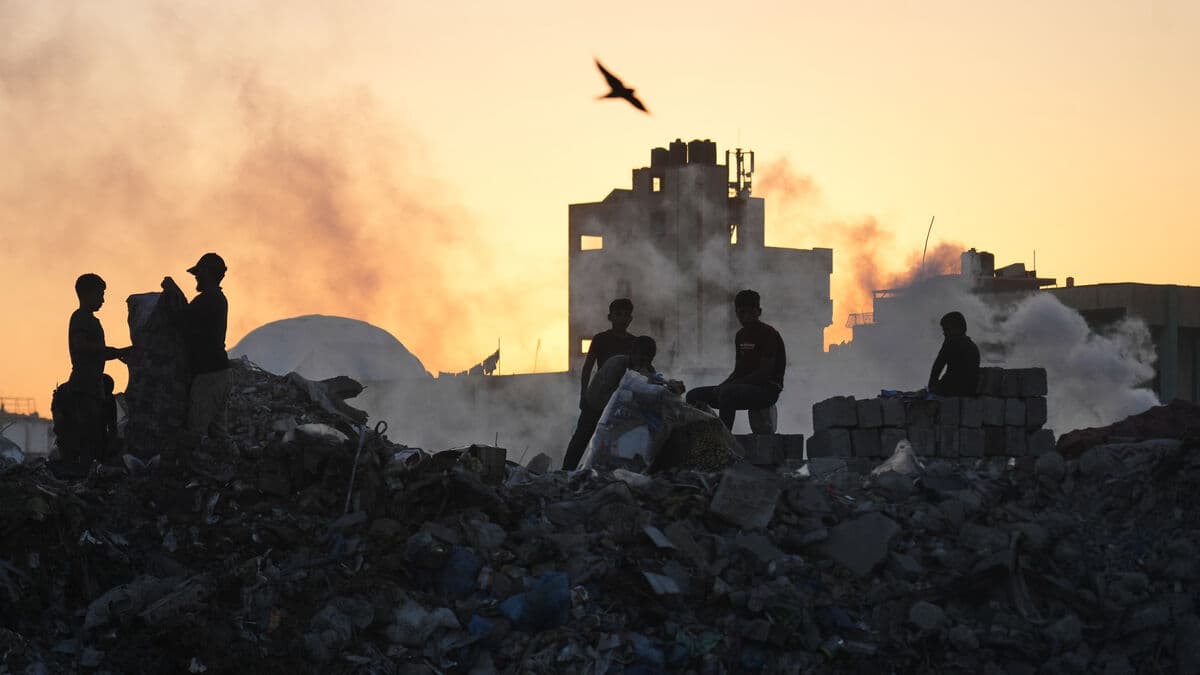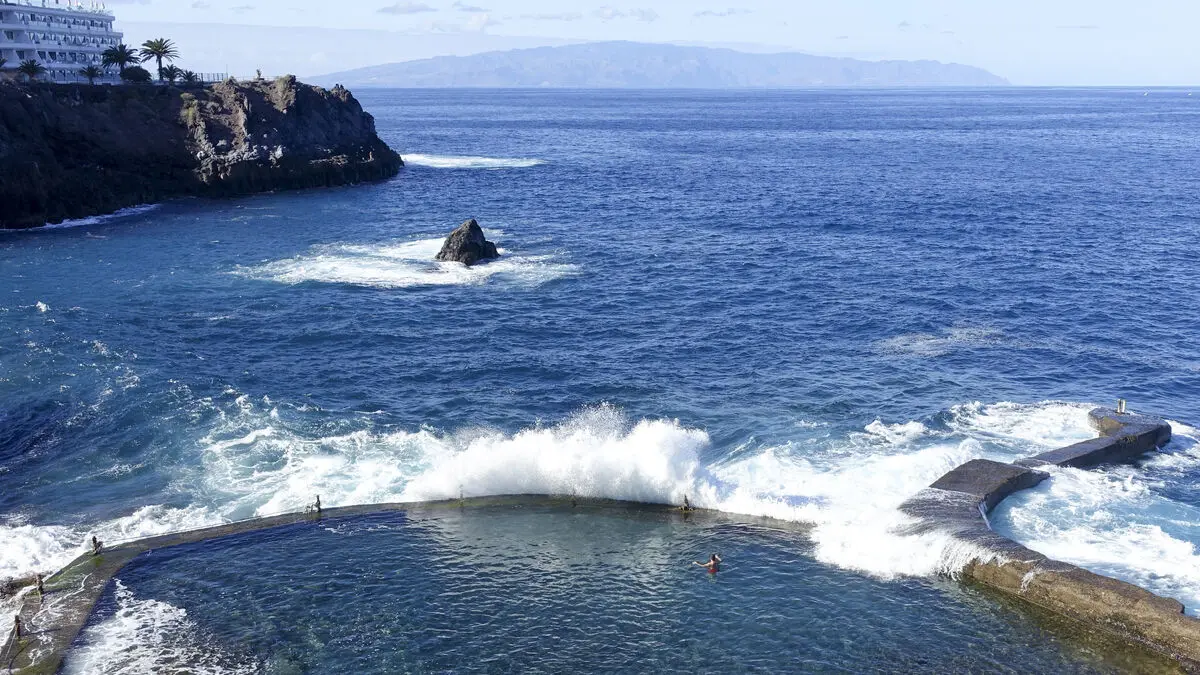Around a hundred people have been killed in the new Israeli bombings, after at least one Israeli soldier was killed. But now a ceasefire is said to be in place again.
It is not unusual for violations to occur during a ceasefire, notes Isak Svensson, who is a professor of peace and conflict research at Uppsala University.
It is up to the parties themselves where they consider the pain threshold to be, he says.
But it is clear that the more violations that occur, the greater the likelihood that the parties will feel that there is no respect for the ceasefire, that there is no reason to adhere to it.
Who judges transgression?
The agreement does not set a limit for when the ceasefire can objectively be considered broken and over. That is not how agreements are usually written, says Isak Svensson.
But if you compare it to other ceasefire agreements, it is a rather weak agreement, in that it has no clear monitoring mechanisms.
Svensson is calling for an outside party to be allowed to step in and monitor the ceasefire, to determine when violations occur and who then bears responsibility.
Or if incidents happen by mistake. It is difficult to distinguish between these situations unless you have a third party who can monitor.
Trump expresses calm
According to the agreement for the Gaza war, an international force is to be deployed, but none has yet been formed. Such an intervention could have been urgently raised in the UN Security Council to obtain a strong mandate, Svensson points out, but the parties involved do not seem to have wanted to do that.
And I think that is a sign of some weakness in this process, that they haven't prepared for it.
According to US mediating President Donald Trump, despite the latest escalation, there is nothing that endangers the ceasefire.
However, Isak Svensson sees a dangerous development where some party risks stepping over a line.
It is a worrying situation and we know that if the parties adhere to a ceasefire in its initial stages, it is easier for it to be sustainable in the long term.
Martin Mederyd Hårdh/TT
Facts: Trump's peace proposal
TT
The proposal that US President Donald Trump has presented for peace in Gaza consists of 20 points.
They were developed in consultation with several leading countries from the Arab and Muslim world. Trump then met with the Israeli Prime Minister, who accepted the proposal, with some minor changes.
The proposal entails, above all, an immediate end to the war, the release of all hostages held by Hamas, the independent distribution of emergency aid to the Gazan population, a gradual withdrawal of the Israeli military and the disarmament of Hamas.
After that, a technocratic transitional government will take over, with international forces in place and a governing council chaired by Donald Trump. Gaza “will be a deradicalized terror-free zone that does not pose a threat to its neighbors” and rebuilt “for the benefit of the people of Gaza.”





